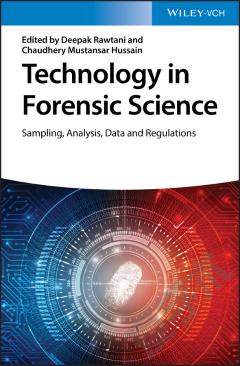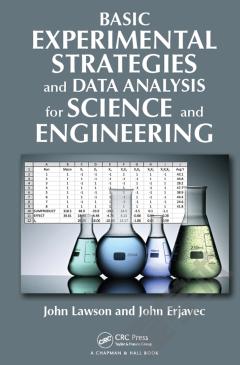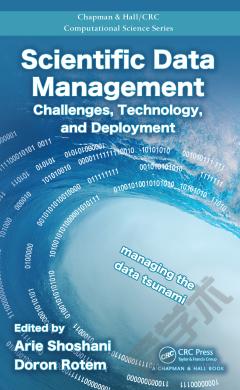Technology in Forensic Science —— Sampling, Analysis, Data and Regulations
----- 法医科学技术:抽样,分析,数据和法规
Harnessing the power of advanced technologies in forensic science! Forensic science technologies are used in various areas such as the judicial system, for the identification of mass disaster victims, parenthood disputes, doping control, policing and even history of art. Modern techniques include high-resolution light and electron microscopy, chromatographic and spectroscopic approaches and high-performance, sensor-based methods, complemented by automated, artificially intelligent software tools. The focus of Technology in Forensic Science: Sampling, Analysis, Data and Regulations is the technology that is employed in the various areas where forensic science plays an important role. Starting with best practices on sample taking, the book then reviews analytical methods such as high-resolution microscopy and chromatography, biometric approaches, and advanced sensor technology as well as emerging technologies such as nanotechnology and taggant technology. The book concludes with an overview of the economics and commercialization of forensic science technologies. Beyond luminol: the book reviews modern methods employed in forensic science Integrated approach: reviews the usage of the tools and methods for interpretation of the results Forward-looking: gives an outlook to emerging methods such as nanotechnology- and AI-based approaches to forensic investigations Technology in Forensic Science: Sampling, Analysis, Data and Regulations is a useful resource for forensic scientists, analytical chemists, toxicologists, as well as for pathologists, and sensor developers.
{{comment.content}}








 京公网安备 11010802027623号
京公网安备 11010802027623号